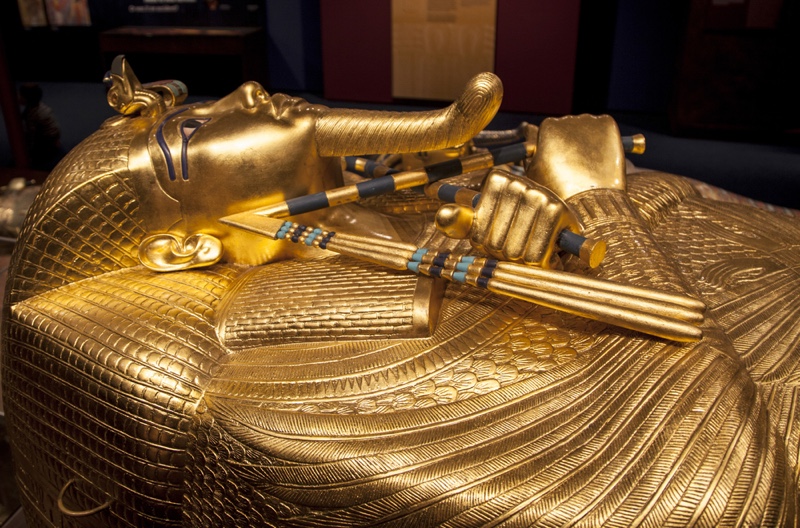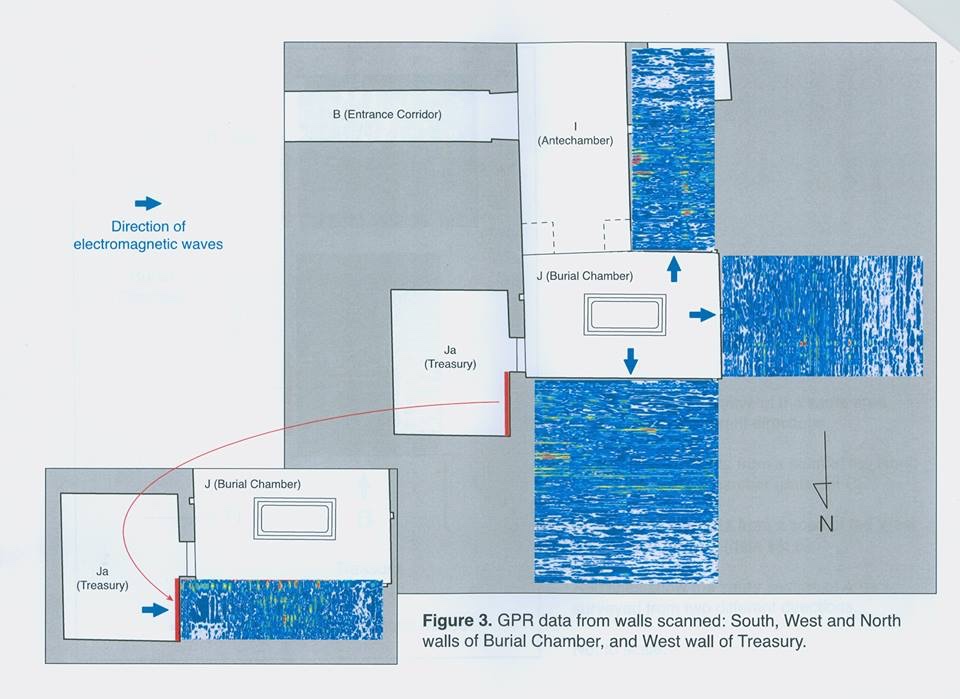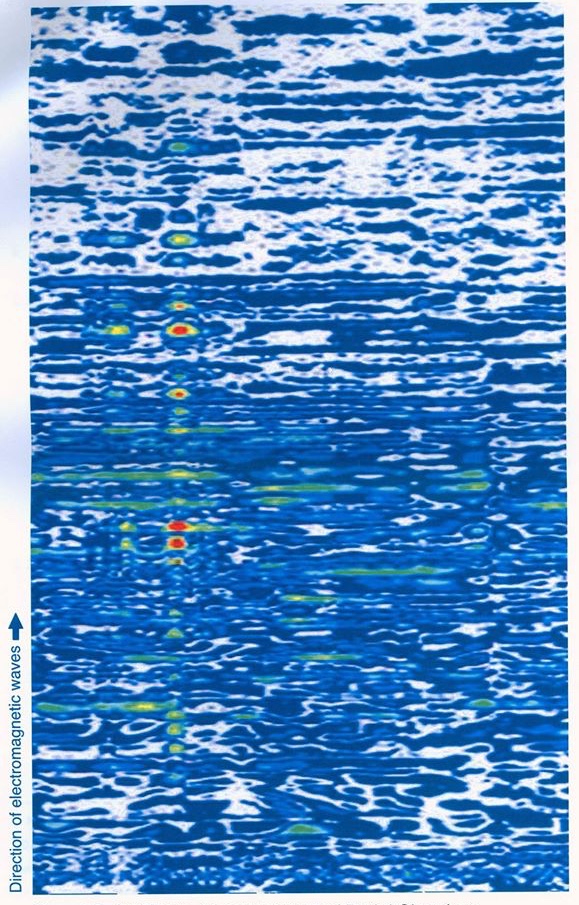Have 2 Chambers Been Discovered in King Tut's Tomb?

The existence of hidden chambers in King Tutankhamun's burial chamber may be more likely, as new radar scans have found empty cavities behind the tomb's north and west walls, Egypt's antiquities ministry announced this morning (March 17).
Some archaeologists even think Queen Nefertiti, King Tut's stepmom, could be lurking in one of those spaces.
Scans carried out by Japanese radar technologist Hirokatsu Watanabe "suggest the presence of two empty spaces or cavities beyond the decorated North and West walls of the Burial Chamber," officials at Egypt's antiquities ministry said in a statement released to media. The scans also suggest the "presence of metallic and organic substances," and show what could be door lintels that indicate the presence of doorways, they said. [See Photos of King Tut's Burial and Radar Scans]
Archaeologists will conduct the next series of radar scans at the end of March to try to confirm the existence of the chambers and get a better idea of their dimensions.

Last year, Nicholas Reeves, a professor at the University of Arizona, published findings that suggested the existence of these mysterious chambers. In that research, he said the chambers could hold the burial of Queen Nefertiti, the wife of the pharaoh Akhenaten (King Tut's father). Reeves said he found evidence that Nefertiti's name had been carefully erased in some cases and replaced with that of the boy king, suggesting that some of Tutankhamun's burial equipment was originally made for Nefertiti.
Radar scans

The radar images showed anomalies that the scientists interpreted as artifacts within two chambers. However, it can be a challenging task to distinguish a human-made chamber or artifact from a natural feature.
Sign up for the Live Science daily newsletter now
Get the world’s most fascinating discoveries delivered straight to your inbox.
The Valley of the Kings, where King Tut's tomb resides, has a variety of geological features that often pop up on radar. Researchers have noted in the past that it is difficult to avoid false positives in the Valley of the Kings. There are "many faults and natural features that can look like walls and tombs," Afifi Ghonim, the field director of one of the most extensive explorations of the Valley, told Live Science in 2013.
"There are a lot of things, like chert nodules, that populate the bedrock of the Valley," Glen Dash, who conducted radar work on an expedition in the Valley by former Antiquities Minister Zahi Hawass, wrote in a working paper he published online last year, before the radar results came out. "There are fissures, seams of chert and gypsum, and voids in the bedrock known as karsts. They are so common that there was really no place in the Valley that we did not encounter them."
Because the radar images have just been released, it will take time for radar experts not involved with the project to analyze the results. Dash has not commented publicly on these new results.
Follow Live Science @livescience, Facebook & Google+. Original article on Live Science.

Owen Jarus is a regular contributor to Live Science who writes about archaeology and humans' past. He has also written for The Independent (UK), The Canadian Press (CP) and The Associated Press (AP), among others. Owen has a bachelor of arts degree from the University of Toronto and a journalism degree from Ryerson University.









